
Digital advertising is one of the most powerful tools available to marketers, but running effective campaigns requires a careful balance of strategy, creativity, and data-driven decision-making. Without the right approach, campaigns risk falling flat due to misallocated budgets, poor targeting, or underperforming creative.
There’s nothing worse than pouring resources into a campaign that fails to reach the right audience or drive meaningful results. We’re here to spare you the wasted ad spend.
In this article, we’ll explore five common pitfalls of digital advertising and tips and best practices to overcome them. By addressing these challenges, marketers can drive stronger results, maximize efficiency, and ensure their efforts lead to meaningful business outcomes.
1. Treating Every Location Like They’re the Same
The Problem:
Many marketers overlook differences in local consumer behavior, applying a one-size-fits-all approach that results in wasted ad spend and ineffective campaigns. Consumer preferences, brand affinity, competition, and mobility patterns vary significantly from one region to another. Ignoring these nuances often results in poor engagement, decreased campaign impact, and misallocated spend.
The Solution:
Successful advertisers recognize that tailoring campaigns to specific markets leads to stronger results. Brands need to leverage localized data to account for the unique context of each area, ensuring their campaigns resonate with the right consumers. Doing so can help brands:
- Optimize budgets where brand affinity is strong and eliminate waste in low-interest areas.
- Align creative and offers with local consumer behaviors and preferences.
- Improve engagement by delivering ads that feel relevant to the preferences of each market.
At Locala, our localized approach ensures campaigns are more relevant and impactful, driving better engagement, higher conversion rates, and stronger ROI. The Locala Planning platform empowers marketers to fine-tune their strategies using real-world consumer insights – mobility, brand affinity, intent, sociodemographic, and more, making it easier to reach the right audience in the right place at the right time.

2. Not Aligning Creative with KPIs
The Problem:
Don’t underestimate the importance of aligning creative with KPIs. When they don’t match, campaigns risk falling short, leading to wasted resources and missed opportunities. For example, a brand looking to drive users to physical stores might include a CTA directing them to a website instead of the nearest location. This misalignment can create confusion, reduce engagement, and hinder conversions.
The Solution:
Prior to each campaign, clearly define your KPIs and ensure they align with your creative to guide consumers toward the desired outcome. Ask yourself: Is your creative leading them to take the right action, or is it sending them in the wrong direction? For example:
- Driving store visits: If your goal is driving store visits, ensure your messaging centers around clear calls to action, convenience, and personalized navigation. For example, The Store Navigator format presents users with an interactive map displaying the nearest store locations based on their current position. Users can select a store, choose their preferred travel mode, and receive detailed directions, including distance and estimated travel time, ensuring they have the fastest route to the nearest store.
- Boosting brand engagement: To enhance brand engagement and increase purchase intent, it is essential to deliver personalized offers that resonate with your target audience. With Locala’s Coupon Downloader, marketers can create tailored, location-based promotions that encourage consumers to engage with the brand. By offering exclusive discounts based on proximity and preferences, the Coupon Downloader drives consumer action and leads to increased engagement and loyalty.
At Locala, we believe ad creative should be a path to success, not a roadblock. That’s why we offer added-value creative services and a diverse range of unique, engaging ad formats designed to help advertisers reach their KPIs effectively.
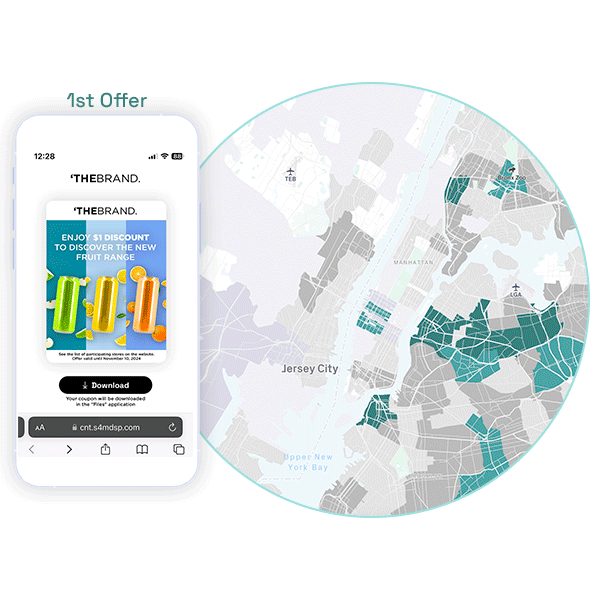
3. Neglecting Audience Segmentation
The Problem:
Generalized targeting often fails to engage the right consumers, leading to wasted impressions, low engagement rates, and inefficient ad spend. Without a clear segmentation strategy, campaigns often target consumers with little interest in the product or service. This reduces effectiveness and wastes ad spend that could be directed toward high-intent customers.
The Solution:
Precise audience segmentation is key to maximizing campaign impact. By leveraging data-driven insights, brands can move beyond broad demographic targeting and instead focus on behavioral patterns, location-based trends, and real-world consumer behavior. When campaigns are tailored to the right audience, engagement increases, media spend becomes more efficient, and business outcomes improve.
Locala’s AI-powered audience segmentation capabilities take the guesswork out of targeting. By analyzing real-world consumer behaviors, preferences, and movement patterns, Locala helps brands identify and engage high-value audiences with precision.
- Building highly specific audience segments: Whether targeting based on location, shopping habits, brand affinities, or mobility trends, Locala enables marketers to refine their audience strategy beyond simple demographics.
- Real-time data-driven insights: Locala continuously refines audience segments using AI, ensuring that targeting evolves based on the latest behavioral trends and campaign performance.
- Optimized engagement and higher ROI: By ensuring ads are shown to the most relevant consumers, brands maximize their media spend and drive meaningful business outcomes, such as in-store visits, online conversions, or brand engagement.
By leveraging advanced tools to segment and analyze consumer data, marketers can create campaigns that resonate with their target audience.
4. Focusing on Vanity Metrics, Not Business Outcomes
The Problem:
Traditional campaign metrics such as impressions and clicks (without context) can often misrepresent campaign success. Relying on these metrics can result in a wasted budget as they do not necessarily correlate with meaningful business outcomes. In an increasingly competitive industry, marketers need to move beyond vanity metrics and focus on those that offer actionable insights.
The Solution:
Successful campaigns don’t just generate views or clicks, they answer critical business questions:
- How many visits did my campaign drive?
- What was my cost per visit (CPV)?
- How many consumers were genuinely engaged with my brand?
Through advanced measurement and AI-driven insights, Locala provides brands with a clear understanding of their campaign’s impact.
- Foot Traffic Measurement – Go beyond online engagement to track how digital ads influence real-world store visits. Locala’s location intelligence tools provide visibility into how campaigns drive in-store traffic.
- Attention Metrics – Rather than relying solely on viewability and clicks, Locala measures consumer engagement through key indicators such as time spent with an ad, interaction rates, and on-screen visibility. These insights help brands understand whether their ads are truly capturing attention.
- Sales Lift Analysis – Measure the direct impact of campaigns on revenue by analyzing consumer purchasing behavior before, during, and after exposure to an ad.
- Cost Per Visit (CPV) Optimization – Instead of focusing solely on impressions, Locala prioritizes efficiency by optimizing toward CPV, ensuring ad spend is directly tied to consumer action.
By focusing on key KPIs such as foot traffic, conversions, sales lift, and CPV, Locala provides brands with actionable insights that directly tie marketing efforts to business success, ensuring every campaign delivers meaningful results.
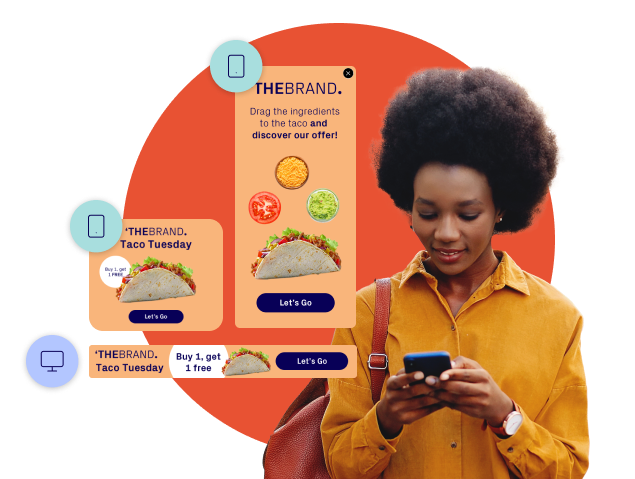
5. Ignoring Cross-Channel Harmony
The Problem:
In today’s digital world, consumers interact with brands across multiple touchpoints such as mobile, desktop, digital out-of-home (DOOH), social, and more. When campaigns lack a unified strategy, it leads to inconsistent messaging, inefficient ad spend, and missed opportunities to engage consumers. Without a coordinated approach, brands risk confusing their audience and weakening the overall impact of their marketing efforts.
Cross-channel success isn’t just about harmonizing messaging and creative elements, it’s about understanding media receptivity. Different channels perform better in different environments, so optimizing the media mix is essential for driving business outcomes.
The Solution:
An effective cross-channel strategy relies on finding the optimal media mix that delivers the best store-level results and ensures messages reach consumers at the right time, place, and through the most effective channels.
Locala ensures brands maximize engagement and business outcomes by optimizing campaigns based on media receptivity. By tailoring strategies to the most impactful channels per market. Whether that’s display, DOOH, audio, CTV, or a combination of them all—Locala helps brands reach consumers more effectively and efficiently.
- Integrated strategies: Locala enables brands to execute campaigns that connect online and offline experiences, reinforcing brand messaging and improving recall across key channels.
- Seamless measurement and optimization: Locala provides real-time insights into how campaigns perform across different channels, allowing marketers to fine-tune their strategies for maximum efficiency and ROI.
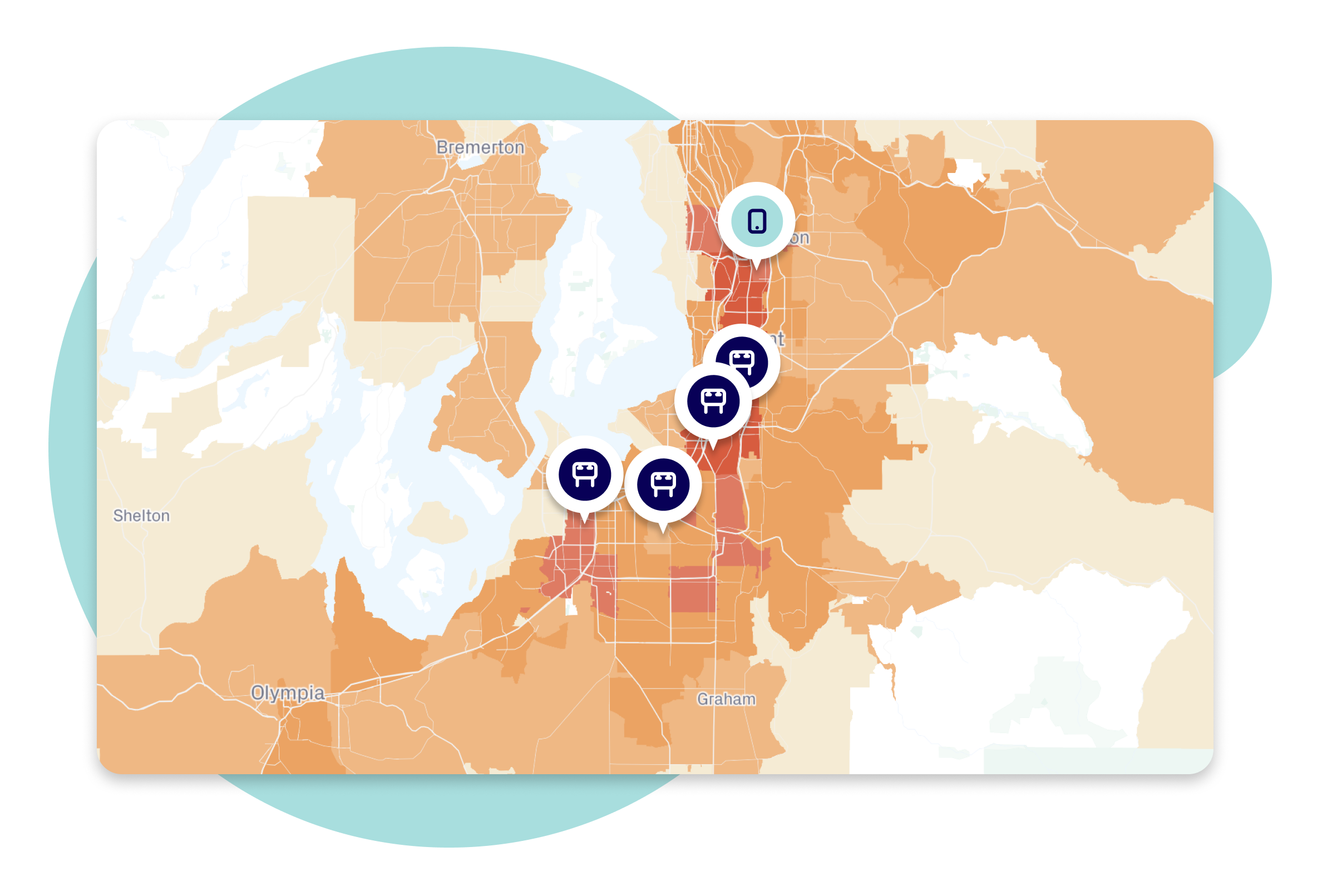
Avoiding these common pitfalls of digital advertising is key to unlocking the full potential of your digital ad campaigns. At Locala, we provide marketers with the tools and insights to overcome challenges, optimize strategies, and achieve meaningful results.
Ready to elevate your digital ad campaigns? Discover how Locala’s advanced Planning platform can help you avoid common pitfalls and achieve measurable business outcomes. Schedule a demo today or contact us to begin building smarter, more impactful campaigns.








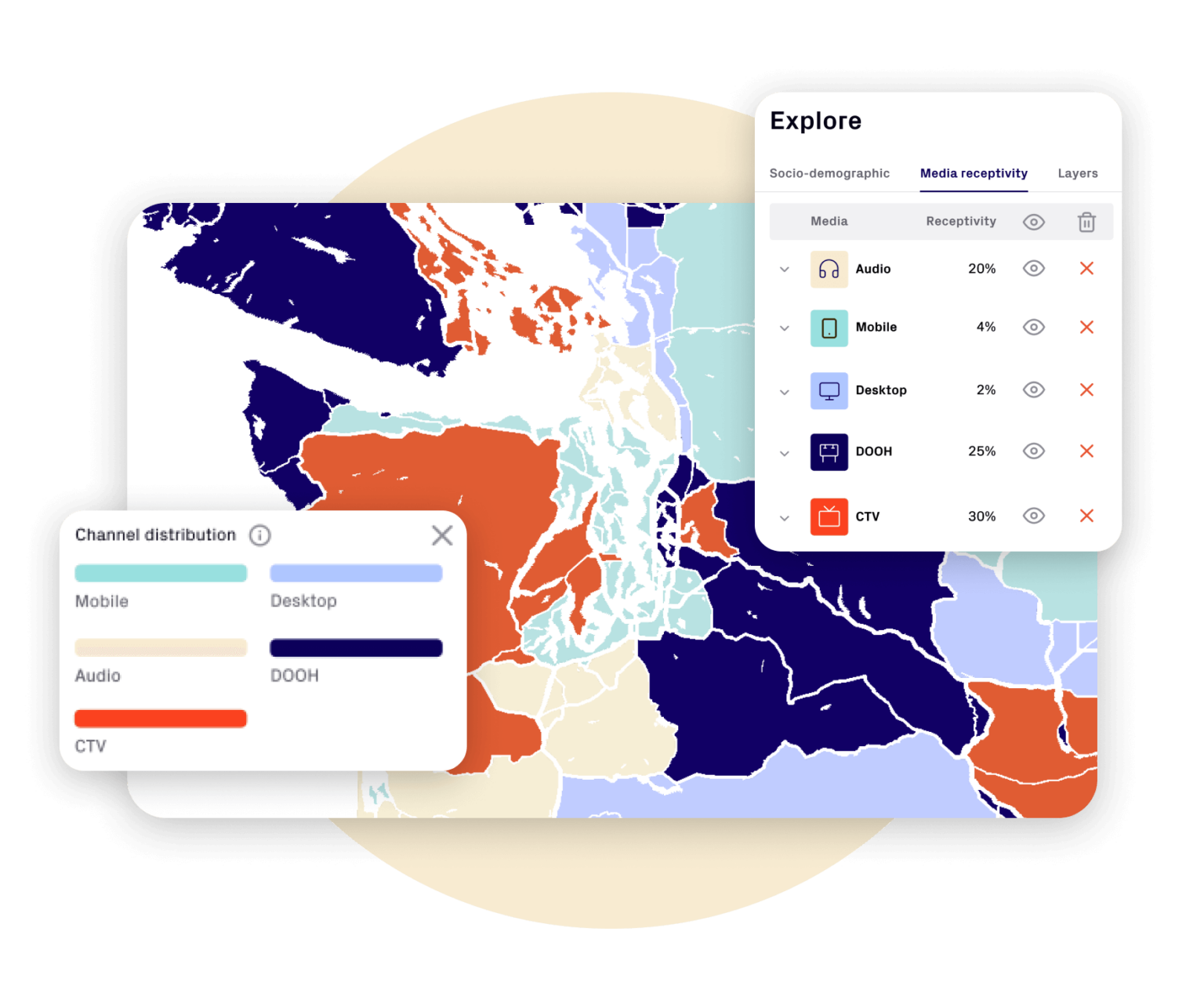
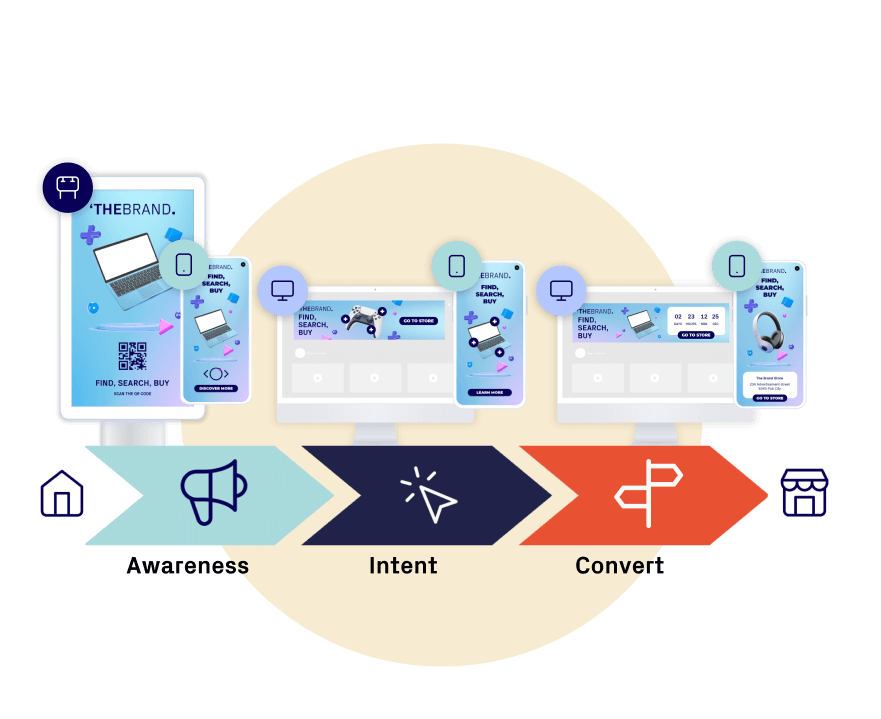 Learn & Optimize in Real Time
Learn & Optimize in Real Time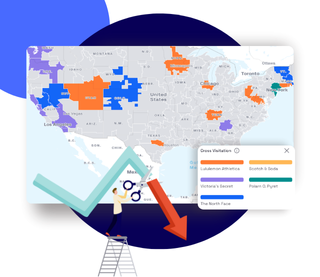


















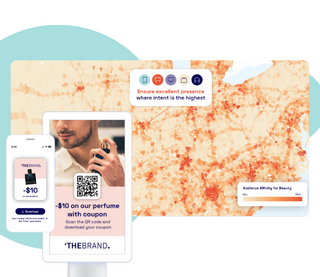
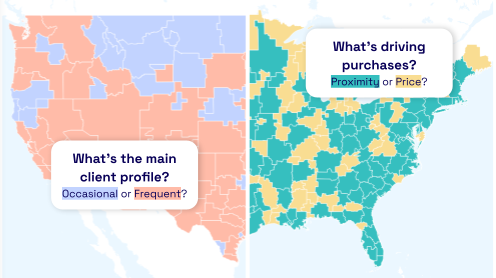
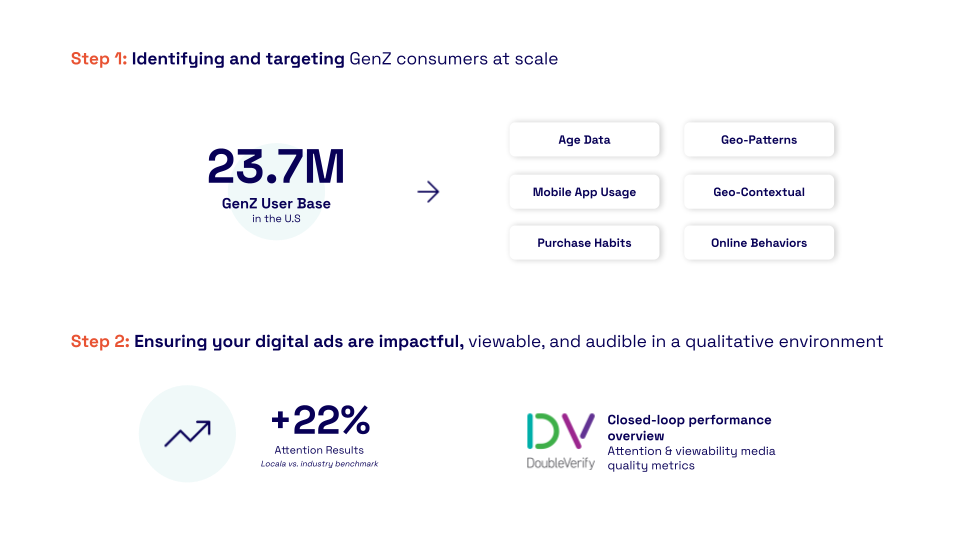

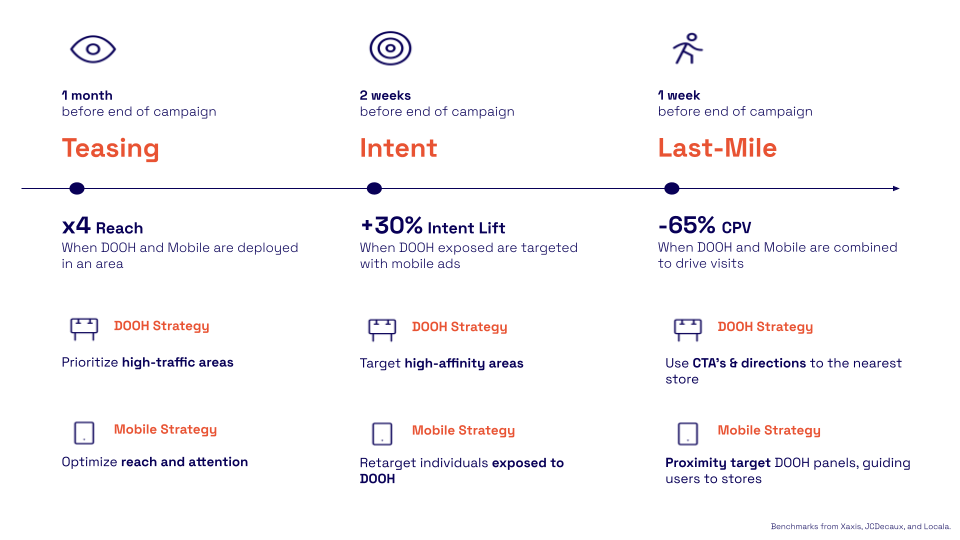








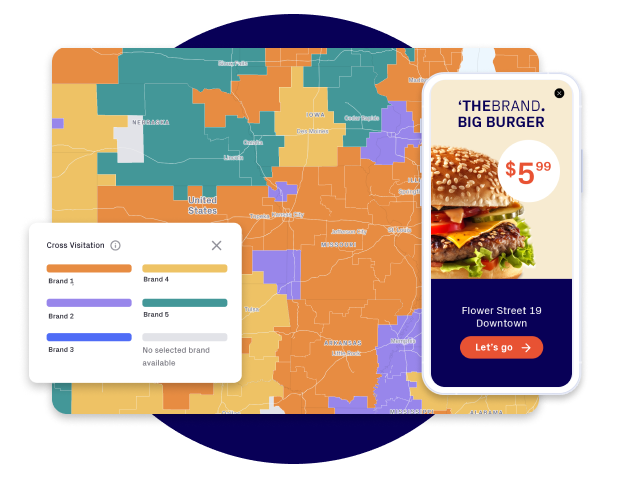
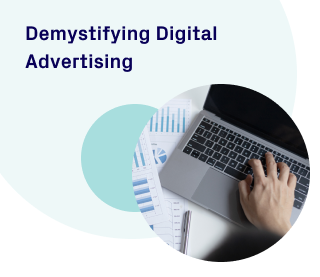

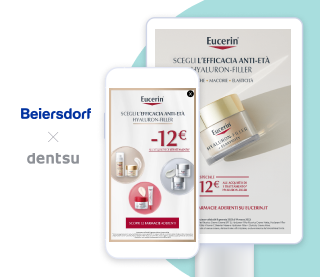





 With Back-to-Store, marketers will have access to exclusive and actionable insights to better understand how their stores’ affinity areas are evolving, and identify which high-potential neighborhoods they should invest in. You’ll be able to track the evolution of consumers’ mobility and see which regions they find more attractive to better localize media spend.
With Back-to-Store, marketers will have access to exclusive and actionable insights to better understand how their stores’ affinity areas are evolving, and identify which high-potential neighborhoods they should invest in. You’ll be able to track the evolution of consumers’ mobility and see which regions they find more attractive to better localize media spend.



 Stress et rentrée des classes: Pour vous, la préparation de la rentrée des classes est-elle un moment de stress ?
Stress et rentrée des classes: Pour vous, la préparation de la rentrée des classes est-elle un moment de stress ?
 [vc_row][vc_column][cm_button text=”Download Here” link=”url:http%3A%2F%2Fdownload.s4m.io%2F07d3eb468915591b2ab6%2FLocala_Pager-US_CCPAxLBMA.pdf||target:%20_blank|” alignment=”text-center” shape=”btn-round”][/vc_column]
[vc_row][vc_column][cm_button text=”Download Here” link=”url:http%3A%2F%2Fdownload.s4m.io%2F07d3eb468915591b2ab6%2FLocala_Pager-US_CCPAxLBMA.pdf||target:%20_blank|” alignment=”text-center” shape=”btn-round”][/vc_column]